It was a pretty interesting tour going around the Qualcomm Museum last week as we saw the chip and wireless development in mobile phones thru the decades. Here are some of the more interesting stuff we found in there.

The company was founded in 1985 by MIT and USC Alumnus and was based in San Diego, California.

Qualcomm manufactured their own phones as early as 1990. They don’t really look like mobile phones but more like a pay phone because of the sheer size.
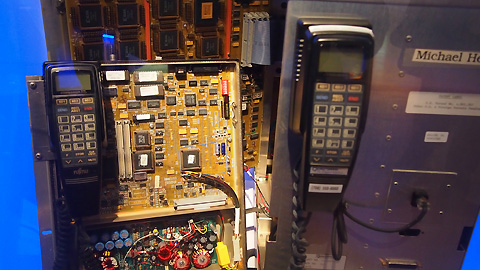
These were just made for testing and around 13 units were manufactured that year. Only two of the 13 units were actually made for over-the-air calls which becase the 1st CDMA phones shiped by Qualcomm. The two were sent to AT&T and Motorola for base station development.
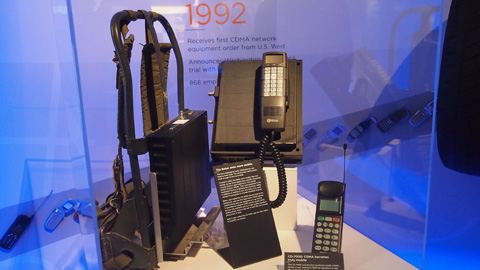
By 1992, they were able to make the phones more mobile but the practical use was mostly relegated for cars and vans. Some were made to be worn at the back with a backpack.
By 1993, Qualcomm was able to create a truly handheld phone — named CD-7000.
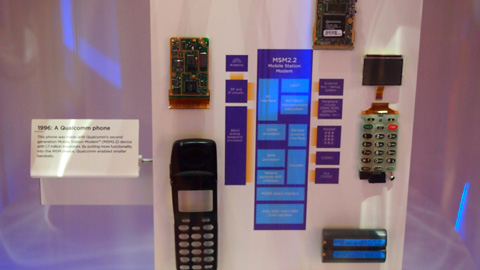
A few years later, they sold the handset division (QPhone, pdQ, Thin Phone) to Kyocera. Qualcomm was also making base stations then but later one sold it to Ericsson. Qualcomm concentrated on developing chips for phones.
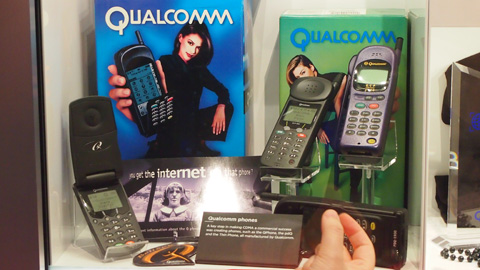
Qualcomm was also doing a lot of other stuff — like fixed landline phones, satellite phones (GlobalStar) and satellite data modems (c. 2000) with speeds of up to 9.6kbps.
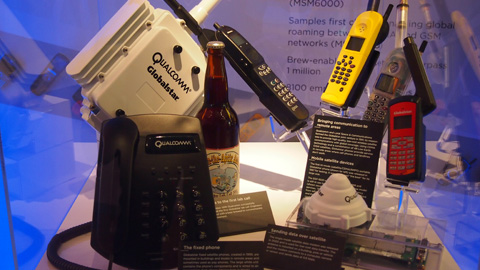
They were also making secure phones, certified by NSA, and used by US government since 2001 (after 9/11). The phones even have the presidential seal in them.
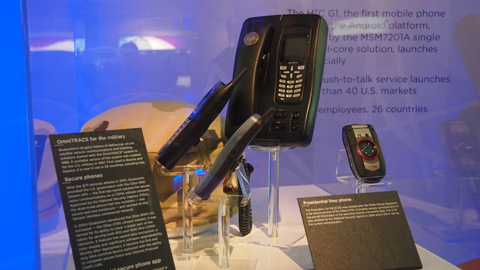
The Snapdragon line of chips from Qualcomm started becoming popular with the introduction of more powerful Android phones.
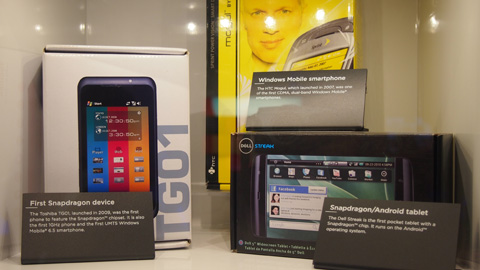
The Toshiba TG01 was the first Android smartphone running 1GHz processor (we reported it here in February 2009). The Dell Streak 5 was also the first pocket tablet running Snapdragon. The HTC Mogul, released in 2007, was the first dual-band CDMA Windows Mobile handset.
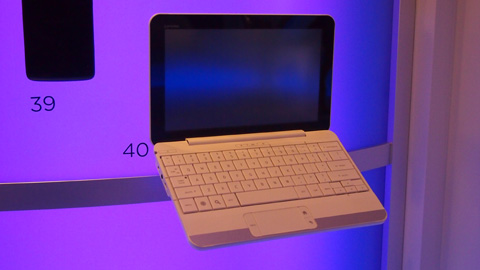
The HP Compaq Airlife 100 was the first Snapdragon-powered smartbook running Android OS in 2010 (comes with 3G connectivity).
Qualcomm was also doing some projects in the sideline. One of them is Mirasol, a reflective display technology.
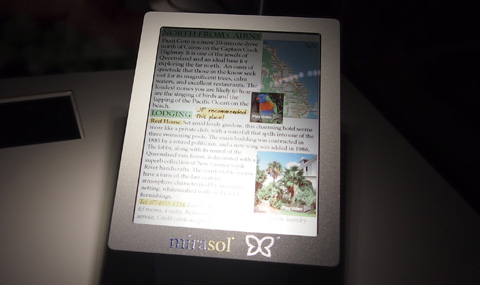
Mirasol uses light reflection to operate so it works much better even with strong light source or under sunlight. It is mostly used in e-Readers but phones will also soon use Mirasol display.

Since Mirasol uses reflective microscopic mirrors, there’s not backlight that uses a lot of power, making the devices very energy-efficient.
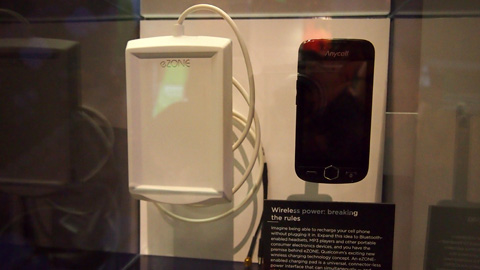
Qualcomm is also developing a wireless charging technology called eZone. It enables wireless charging of multiple mobile phones, mp3 players and other portable devices.
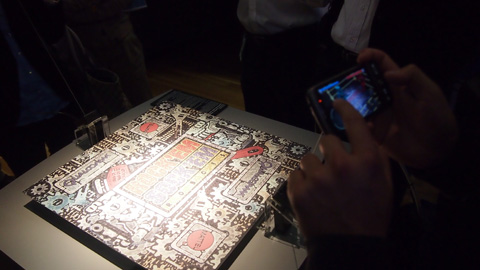
We’ve also shown a demo of Augmented Reality in the museum which makes some pretty good concepts and case use. The one demonstrated below uses two HTC Desire phones. You launch the AR app on the handset, use the camera to focus on the image on the board and you get two virtual robots slugging it out (you can actually control the robots too).
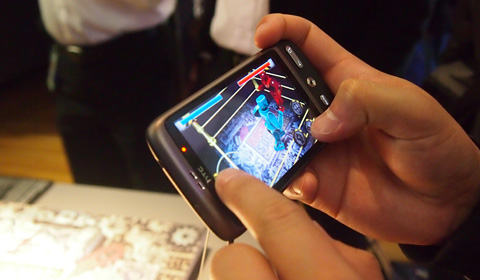
There were so many other stuff in the museum but these are the ones I can actually remember from the top of my head. Too bad we didn’t get to see some engineering labs or something like that. Was really hoping to see how those Snapdragon Pro processors used in the Nexus 4 were designed or created.
Nevertheless, I got some good appreciation of the mobile chipset technology — performance vs. power efficiency, multiple CPU core technology, wireless connectivity and so much more.







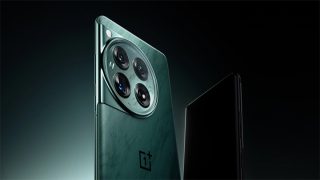
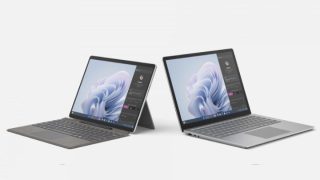
















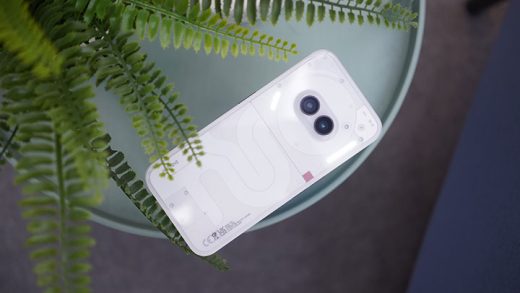
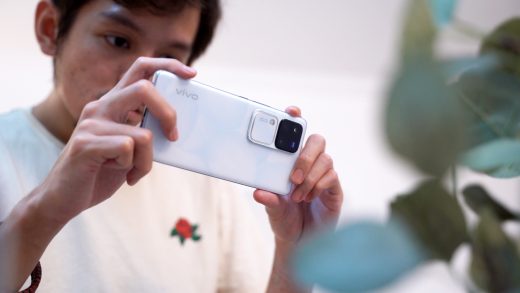
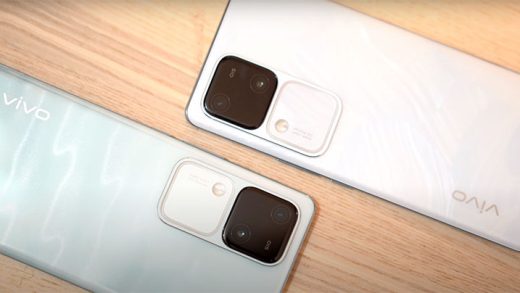





Sir Abe correction lang po, the Toshiba TG01 is not an Android device. It is a windows device. I think 6.5 that time.
With everything almost going mobile, the future looks brighter for Qualcomm. Meanwhile, erstwhile leader Intel is trying to catch up in this space.